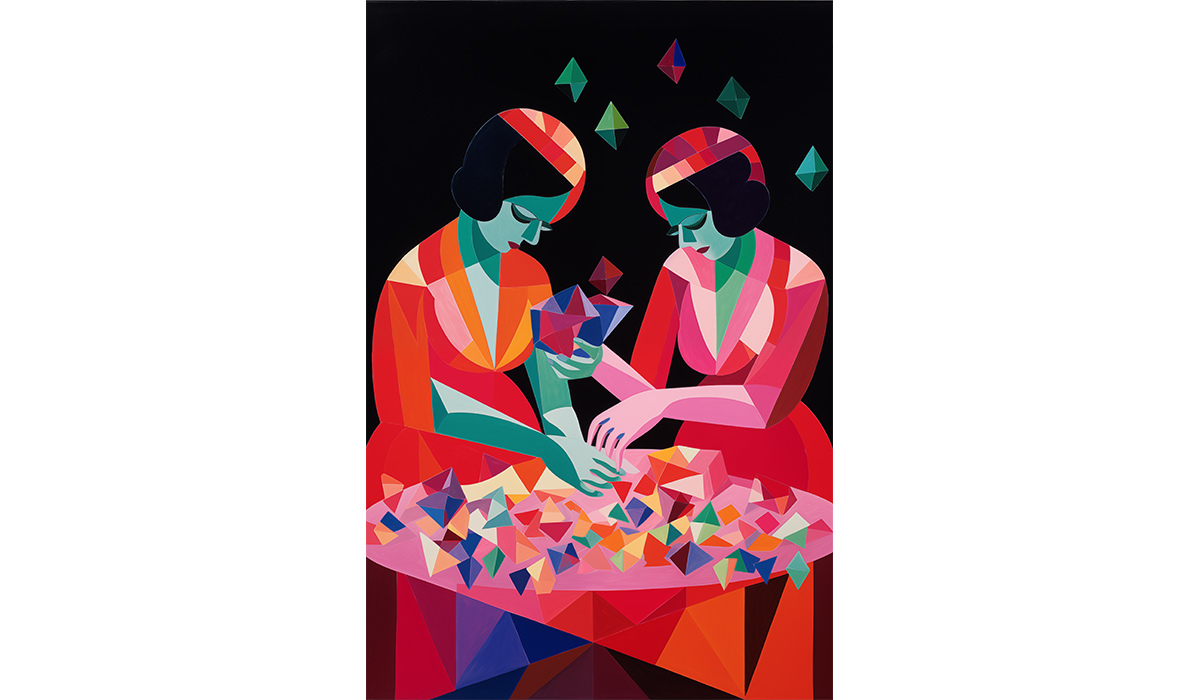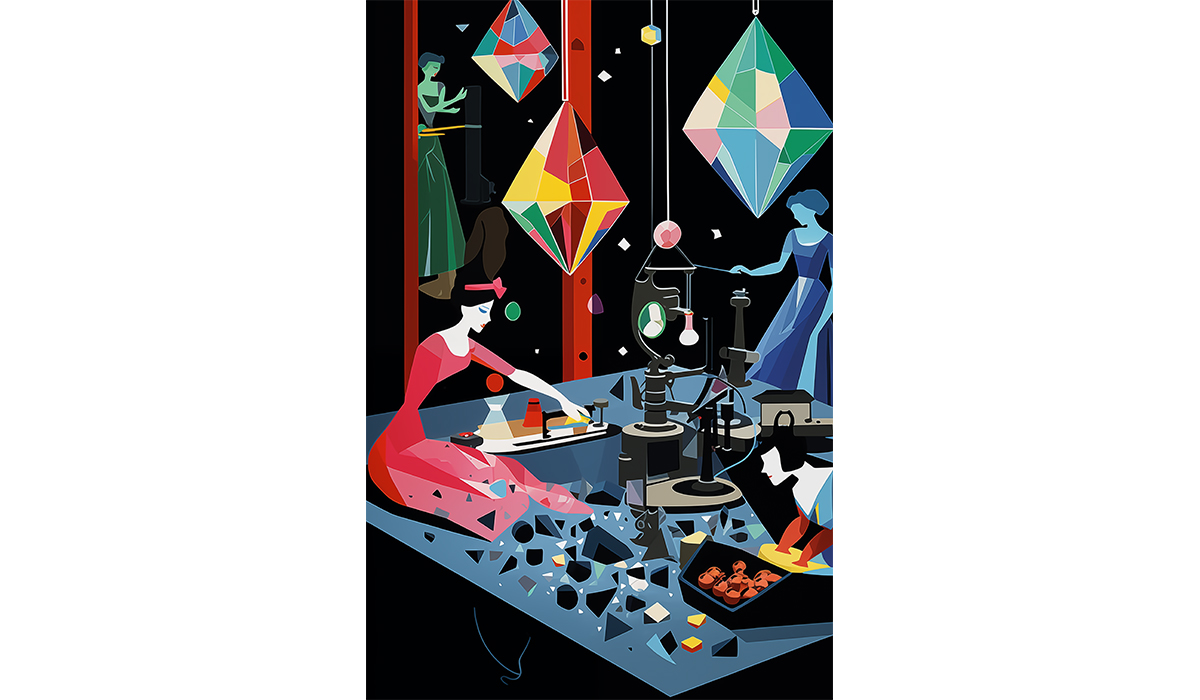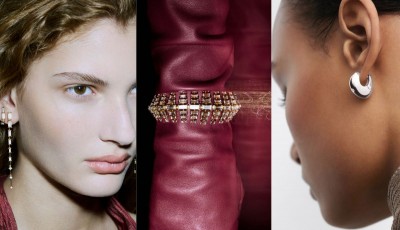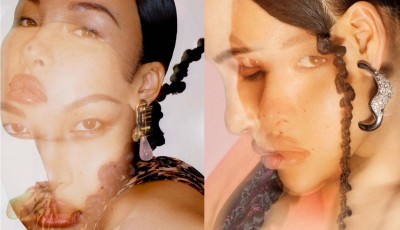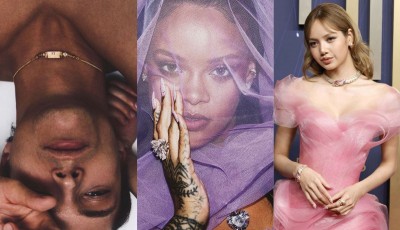The Rise of Lab-Grown Diamonds
2023 closes under the banner of lab-grown diamonds, which are increasingly the object of desire. From LVMH, Fred, Tag Heuer, Pandora, the market is booming, as analyst Edhan Golan explains to us.
«Sales of artificial diamonds have risen from less than 1 billion dollars in 2016 to almost 12 billion in 2022, with a growth rate of 38% from 2021 to 2022» - Paul Zimnisky
Diamonds for All! As Pandora’s claim says for its lab-grown diamond jewelry collection campaign, presented last September in New York. With this new slogan, at the launch party in the new Pandora store in Astor Place, forty blocks south of Manhattan's famous Diamond District, the Copenhagen-based brand aimed to turn the spotlight on the concept of the accessibility of lab-grown diamonds, while also working on repositioning the brand on the market that, by the end of the year, will see it partnered with the British Fashion Council and sponsor of the Fashion Awards. «For the majority of people, what you want most from a diamond is its wonderful “bling bling”, its beauty and all the meaning it bears,» as Mary Carmen Gasco-Buisson, Pandora's Marketing Manager, told BoF. The desire for a diamond of the highest carat weight, coupled with the question of affordability, are undoubtedly two of the main levers that have contributed to the lab-grown industry’s gain in momentum, as Edahn Golan, an analyst and researcher specializing in diamonds, explains: «We have been witnessing an increase in labgrown diamonds since 2016, but it is since this year that they have begun to peak. In 2018, with the launch of the Lightbox line in labgrown diamonds by De Beers, everyone was somehow allowed to see this market segment as a new opportunity. Not only consumers, but also, and above all, retailers who felt “authorized” to showcase them and offer them to the customer. Covid accelerated this growth further. Remote-working and consequently also relationships managed at a distance from behind a computer screen, meant that people chose lab diamonds in order to have a higher carat jewel because, in any case, no one could ever actually “verify” their provenance up close. Moreover, lower production costs, thanks to improved technologies, not only brought advantages in color rendering, clarity, size and increasingly unusual cuts, they also meant that companies could lower retail prices even further, consequently increasing the value gap with natural diamond. To make it clearer, here is an example: in 2020, a one-carat natural, round cut, SI-VVS diamond cost about $6,000 while a lab-grown one with the same characteristics, was just under $4,000 resulting in a price gap of 39%. After almost 4 years, a one-carat lab-grown diamond would now cost a little over $1,000, while a natural one would still set you back around $6,000 with a price gap of 79%! Until Covid, those who bought lab-grown chose the same type of item as those who bought natural, and the surge in sales during Covid was the same for both industries.» According to analyst Paul Zimnisky, sales of artificial diamonds have risen from less than 1 billion dollars in 2016 to almost 12 billion in 2022, with a growth rate of 38% from 2021 to 2022 and strong repercussions on the entire market, from the most affordable brands to high-end.
«In 2020, a one-carat natural, round cut, SI-VVS diamond cost about $6,000 while a lab-grown one with the same characteristics, was just under $4,000 resulting in a price gap of 39%. After almost 4 years, a one-carat lab-grown diamond would now cost a little over $1,000, while a natural one would still set you back around $6,000 with a price gap of 79%» - Edahn Golan
On the one hand, therefore, Pandora, which with this repositioning raises its sales prospects for 2023 by a factor of two, with its share price more than doubling; on the other, the giant De Beers, which, in the face of falling demand, has cut its natural diamond prices by up to 40%. At the center is the LVMH group, which has opted for blue lab-grown diamonds for its new collection of the historic jewelry brand Fred, and for pink lab-grown diamonds for the new Tag Heuer Carrera Plasma watch, made with Diamant d'Avant-Garde technology. Edahn Golan explains: «Over the years, the market for natural diamonds - of which the USA is the main buyer - has always fluctuated. A period of highs has been followed by lows and vice versa, depending on the economic trends of individual countries or sometimes even on marketing choices. Take for example the pandemic and post-pandemic years, 2020, 2021, 2022. The first reaction to Covid was, “I must economize”. Immediately afterwards, “life is «In 2020, a one-carat natural, round cut, SI-VVS diamond cost about $6,000 while a lab-grown one with the same characteristics, was just under $4,000 resulting in a price gap of 39%. After almost 4 years, a one-carat lab-grown diamond would now cost a little over $1,000, while a natural one would still set you back around $6,000 with a price gap of 79%» - Edahn Golan short, I have to make the most of it” with an incredible leap in marriage proposals – after a standstill period for all celebrations - and a consequent unprecedented soar in diamond jewelry compared to other product categories. The exceptional increase in demand for this type of jewelry led to a 50% growth in demand in the US alone and 40% globally, with a change also in the choice of stones which headed increasingly more towards larger carat sizes. So, if until January 2020, people were buying 0.8 carat diamonds on average, suddenly it was above one carat, with a 1.520% increase in size and obviously in spending. But after this “big binge” on natural diamonds, the return to normality and the geopolitical crises we are currently facing, the natural diamond industry is slowing down again. A final observation on the lowering of lab-grown prices. As long as the price was slightly lower than natural diamond, it was fine. But then several things happened. First of all, profitability was very high at the beginning, around 64% compared to a 34% profitability for natural stones. Then other factors intervened: an increase in production, or rather, an oversupply, which, as is normal, leads to lower prices; a decrease in production costs; a new way of proposing the product to the customer as an accessible and conscious asset; the need to create differentiation with the positioning of natural stones with consequent pressure on several fronts to revise margins and therefore price. All we can do now is see how the bridal world reacts to this escalation.»
